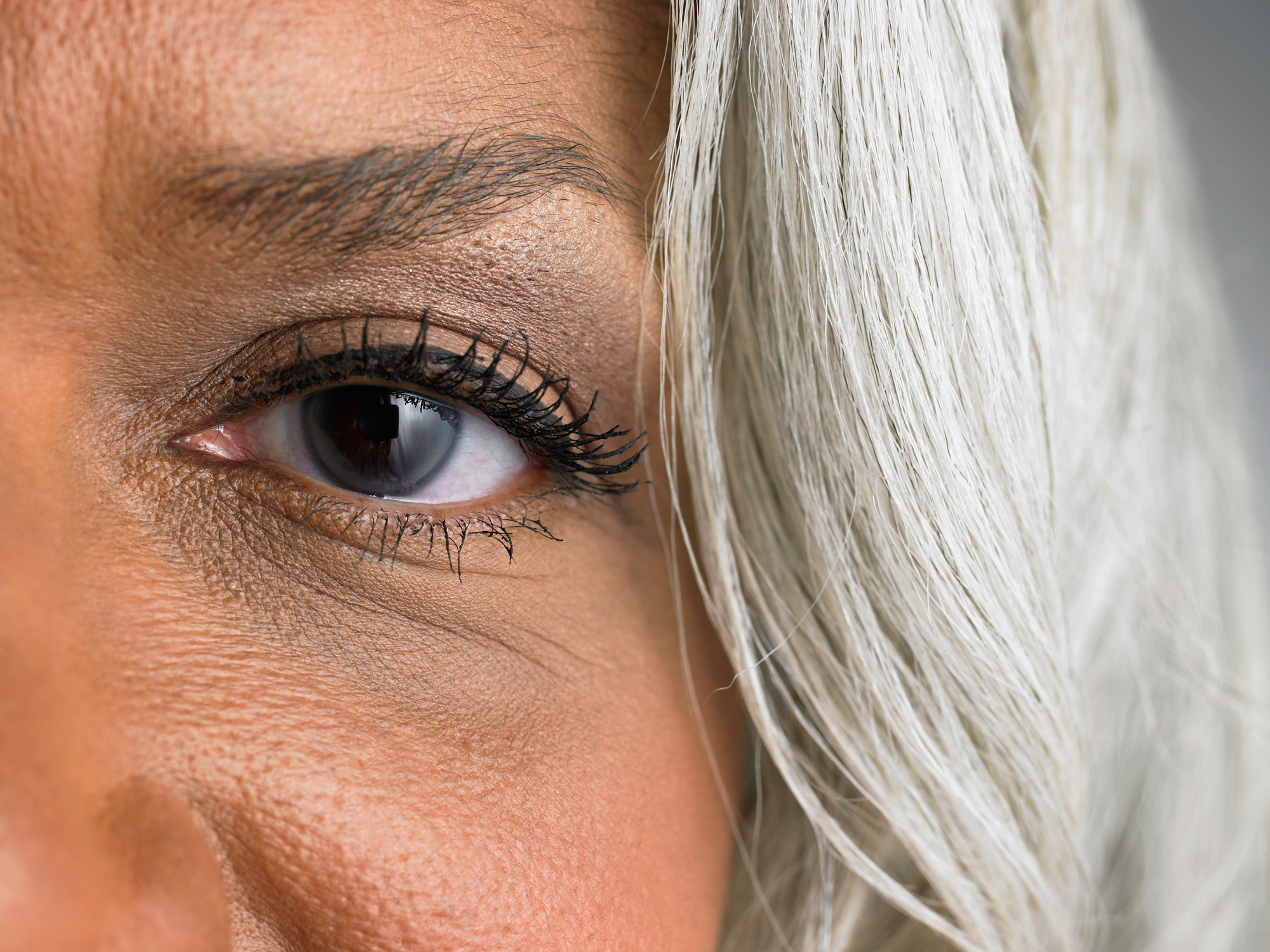Get Easy Health Digest™ in your inbox and don’t miss a thing when you subscribe today. Plus, get the free bonus report, Mother Nature’s Tips, Tricks and Remedies for Cholesterol, Blood Pressure & Blood Sugar as my way of saying welcome to the community!
7 cataract prevention tips to save your sight

Cataracts result when the naturally clear lenses of your eyes begins to cloud, causing you to see halos around lights and experience difficulty seeing in dim light, eventually leading to blurred vision or complete vision loss.
Over 24 million adults over the age of 40 in the U.S. have cataracts and by the age of 80 over 50 percent of people will suffer from the condition.
Currently, the only effective treatment for cataracts is surgery to remove the clouded lens and replace it with an artificial one.
This makes focusing on cataract prevention vital to maintaining healthy eyesight.
Signs you’re developing cataracts
There are some warning signs to look for that could mean you’re on the road to cataract development.
These include:
- Discoloration of your eyes – A yellowish or brown color in your eyes can be caused by clumps of protein that clouds your lens.
- Sensitivity to light – Increased sensitivity to the light from car headlights, sunlight or indoor lighting such as lamps is often one of the first signs of cataract development.
- Cloudy vision – This usually starts in a small part of your eye and then progresses to cover your entire lens.
- Frequent changes in prescription glasses or contacts – If you find yourself needing a higher prescription for your contacts or glasses regularly, this could be a sign of cataract development.
- Problems with night vision – Since cataracts cause problems with eyesight in dim light, night vision can be a problem.
- Fading or yellowing of colors – The protein build-up in your lens that goes along with cataracts can result in problems perceiving true colors.
Natural cataract prevention
Now that you know if you’re at risk, here a few things you can do to prevent cataract development naturally.
# 1 – Take a multivitamin
Daily multivitamin use has been associated with a decreased risk of cataracts. In fact, some studies have shown up to a 36 percent decreased risk thanks to multivitamins for some types of cataracts.
#2 – Add bilberry and vitamin E
In one study, a combination of bilberry and vitamin E stopped the progression of cataracts in 96 percent of subjects. The dosage in the study was 180 mg of bilberry, standardized to contain 25 percent anthocyanosides and 100 mg of vitamin E twice per day for four months.
#3 – Supplement A and C
Vitamins A and C are antioxidants that help your eyes fight the damage caused by a free-radical attack. This is vital because this free radical damage can lead to cataracts. To achieve the optimal level of antioxidants for your eyes, take 5,000 IU of vitamin A (1.5 mg) and 2,500 mg of vitamin C per day.
#4 – Take lutein and zeaxanthin
In one study, people with the highest intakes of lutein and zeaxanthin were half as likely to develop cataracts as those with the lowest intake. For cataract prevention, take 15 – 20 mg of lutein and 2 mg of zeaxanthin daily.
You can also get more of these important nutrients through your diet. Spinach and kale especially offer high levels of lutein and zeaxanthin, so eat up.
#5 – Wear sunglasses at times
Your doctor will tell you to wear sunglasses to prevent cataracts. But, while it’s important to protect your eyes against ultraviolet light, you also need the natural wavelengths found in sunlight to feed your eyes the nutrients they needs for good health.
Wear sunglasses for high exposure times such as when you plan to be out in the sun all day or in the snow or on the water where sunlight reflections can damage the eye. Otherwise, allow your eyes to absorb the sunlight they need.
#6 – Control your blood sugar
High blood sugar and diabetes increase your risk of developing cataracts. Watch your blood sugar levels, decrease your intake of carbohydrates and sugars and get more exercise to lower your risk and maintain healthy eyesight. Try this simple trick to lower your morning blood sugar.
#7 – Stop smoking
Smoking is directly linked to the development of cataracts. The good news is that kicking the habit reduces your risk steadily, the longer you avoid smoking so quit now.
Preserving your eyesight and preventing cataracts means taking steps every day to improve the health of your eyes. Use the tips above to maintain optimal vision for life.
Editor’s note: Are you feeling unusually tired? You may think this is normal aging, but the problem could be your master hormone. When it’s not working, your risk of age-related diseases skyrockets. To reset what many call “the trigger for all disease” and live better, longer, click here to discover The Insulin Factor: How to Repair Your Body’s Master Controller and Conquer Chronic Disease!
Sources:
-
Cataract — Prevent Blindness America
-
A Multivitamin Supplement and Cataract and Age-related Macular Degeneration in a Randomized Trial of Male Physicians — Ophthalmology
-
Preventive medical treatment of senile cataract with vitamin E and anthocyanosides: clinical evaluation. — Ann Ottalmol Clin Ocul. 1989;115:109.
-
Lutein, but not alpha-tocopherol, supplementation improves visual function in patients with age-related cataracts: a 2-y double-blind, placebo-controlled pilot study. — Nutrition 2003;19:21–4.
-
A prospective study of carotenoid and vitamin A intakes and risk of cataract extraction in US women. — Am J Clin Nutr 1999;70:509–16.












